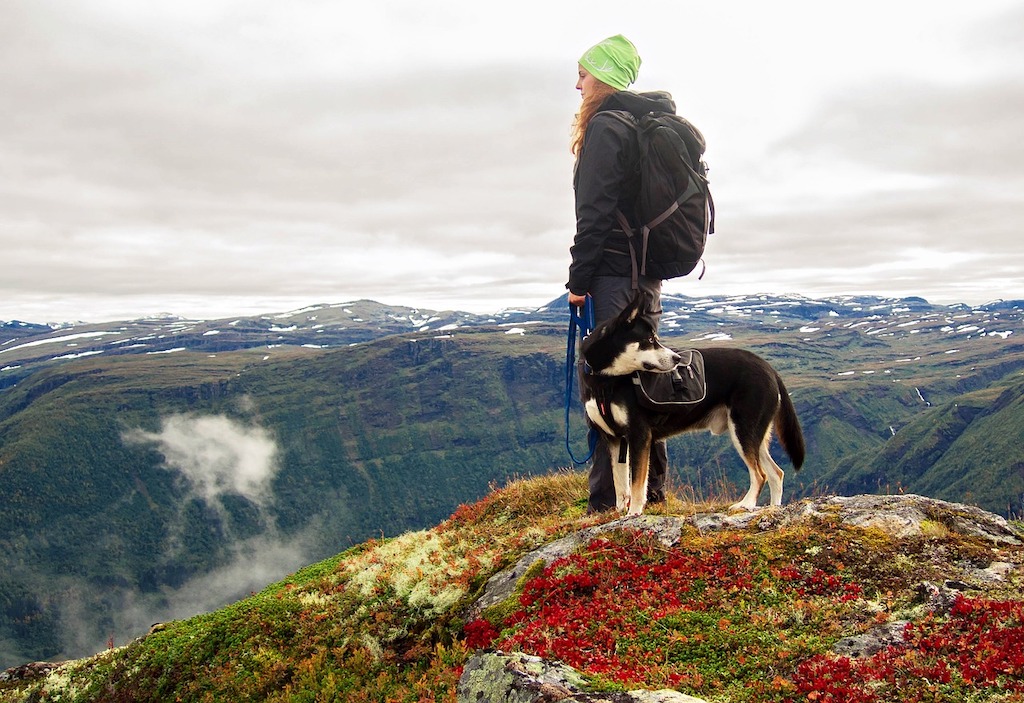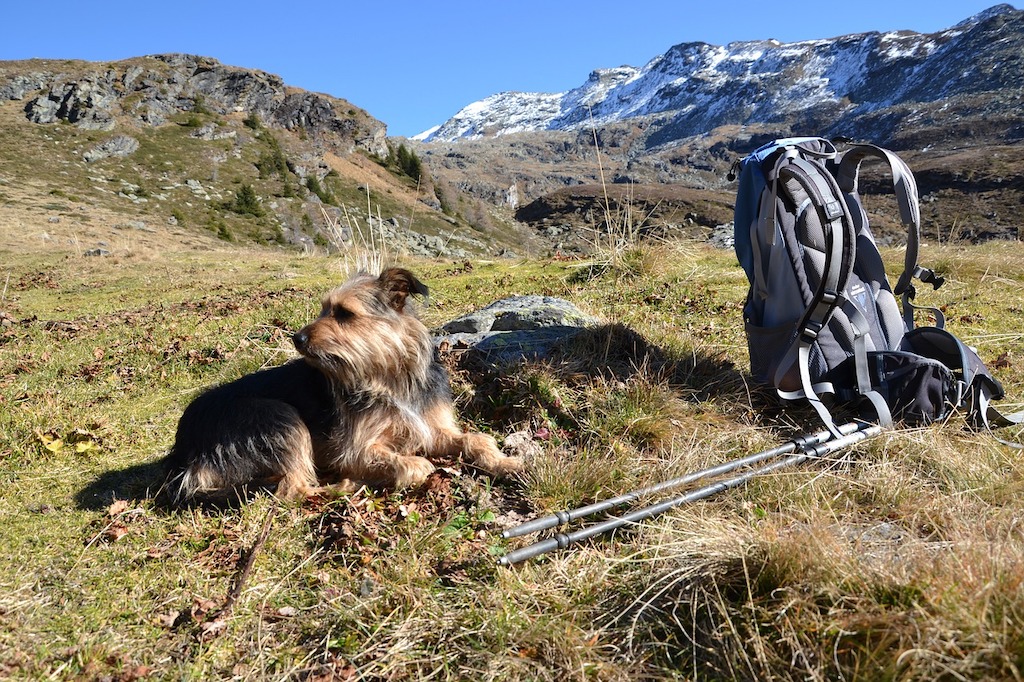How to hike with a dog
Approximate Reading Time: 4 minutes
For a variety of reasons, you may not want to leave your dog home with someone when going on hikes. An obvious solution to this would be to just bring along the dog with you. It may seem like a good idea to you, and it actually is, albeit not always.Bringing a dog along to a camping event may not be as simple as you might be anticipating.
So what are the things that you would need to keep in mind to hike with your dog safely? Let’s find out!
Things to know before hiking with your dog
Is your dog ready for the hiking?
Not all dogs are capable of hiking. Your pup will be doing his best to keep up with you, even at the expense of his health and safety, so you’ll need to make sure that he is ready for the hiking.
Very young or old dogs may lack the stamina and strength for the trip. Besides, their weak immune systems might make them more vulnerable.
Hiking can last several hours or even an entire day. If your pup isn’t physically fit enough or is unhealthy, then he probably won’t be the best hiking buddy to take with you.
Short-muzzled dogs such as pugs and Boston terriers do not tolerate heat well and aren’t very-hardy. These breeds are at a higher risk of a heat stroke, so prolonged hiking probably isn’t for them.
They could tolerate short trips quite well though, but you would still need to be cautious.
Scent-and-sight hounds, dogs with high prey drive, and generally all breeds that may get overly excited in nature probably shouldn’t go hiking.
Dogs that aren’t trained properly or that don’t obey commands can put at a risk themselves, other hikers, and the wildlife, so you shouldn’t take such a dog for a hike.
Visit a vet to see if your pup is ready for the hike. Ensure that you are up to date on vaccines. Besides, ask about medical or preventative measures to take against pathogens, about the treatment of parasites and snakebites, and how to treat injuries.
Where can you take your dog hiking?
Before actually going hiking, you need to make sure to choose a pet-friendly hiking trail.
Some hikes don’t allow dogs at all, whereas the others require leashes. Not to get into trouble, do your research beforehand.
Aside from that, you would want to make sure that the terrain is friendly for dogs. Check for locations that have soft, needle- or leaf-covered terrains and avoid rocky areas.
You might also want to consider to stay away from areas with heavy horse or mountain bike traffic to ensure your and your dog’s safety.
Preparing your dog for the hike
Practice shorter trips
To prepare your dog for the hike physically and mentally, start by practicing shorter hikes. With time, as your dog gets used to the trips, increase their distance and hardness.
Initially, a smooth and relatively flat surface would be ideal. If you feel that your dog is full of energy after shorter hikes, you may increase the distance and difficulty of the next hike.
Those small hikes would also help you toughen the paws of your dog. If your pup will be wearing dog booties, then he’ll be able to get used to them as well.
Reinforce your dog’s training
It is your responsibility to keep your pet under control at all times to ensure the safety of the surroundings, whether or not he is on a leash.Even if you there is no one besides you in the vicinity, your dog should be properly trained to obey your commands.
Prepare your dog’s pack
Here are the items that you should bring along with you on the hike:
High-protein or – fat food to maintain your pup’s energy levels.
Water and a collapsible water bowl.
First aid kit for your dog.
Hypothermia/heatstroke prevention kit.
Poop bags or shovel to deal with the dog poop.
Dog booties or socks to protect your dog’s paws.
Collar with a tag to help other hikers to contact you if the dog gets lost.
Sleeping pad or blanket, if your dog isn’t used to sleeping on the cold ground.
Dog comb/brush.
Flashlight or glowstick to keep track of the dog in low-light conditions.
Dog pack so your pup carries all his stuff on the back.
How to behave during the hike
Keep your pup under control at all times
As we already mentioned, you need to maintain control over your dog.Don’t allow your dog to roam freely even if you are at the campsite.
If the trail requires leashes, then you should use a shorter leash to control your dog easier. Besides, a short leash is less likely to get tangled on a bush.
Communicate with other hikers
When meeting someone on the trail, communicate to them that your dog is friendly. Besides, if your dog sees that you calmly communicate with someone, he won’t think they’re a threat and will stay calm.
Manage your dog’s poop
Wild animals poop out in the wild, but it doesn’t mean that your dog should do the same. The scent of the dog’s poop may cause distress in the area among the wildlife, so if you care about nature, make sure to prevent any disruption.
There are two ways for you to deal with dog poop. You could pack it in bags to then dispose of it outside the hiking trail’s grounds. For long distances, you may want to bring extra bags to double pack the poop to prevent leakage.
As an alternative, if you don’t want to carry the poop with you, you may bring a shovel with you to bury it.To bury the dog poop properly, you would need to shovel a pit 8 inches deep at least 200 feet away from camping sites, water sources, and walkways. Don’t use bags if you will be burying the poop.
Some people think that it is okay to leave the dog poop unburied if it is in a biodegradable bag. Well, the bag certainly will degrade, but it will just expose the dog poop to the wildlife and to other hikers.



